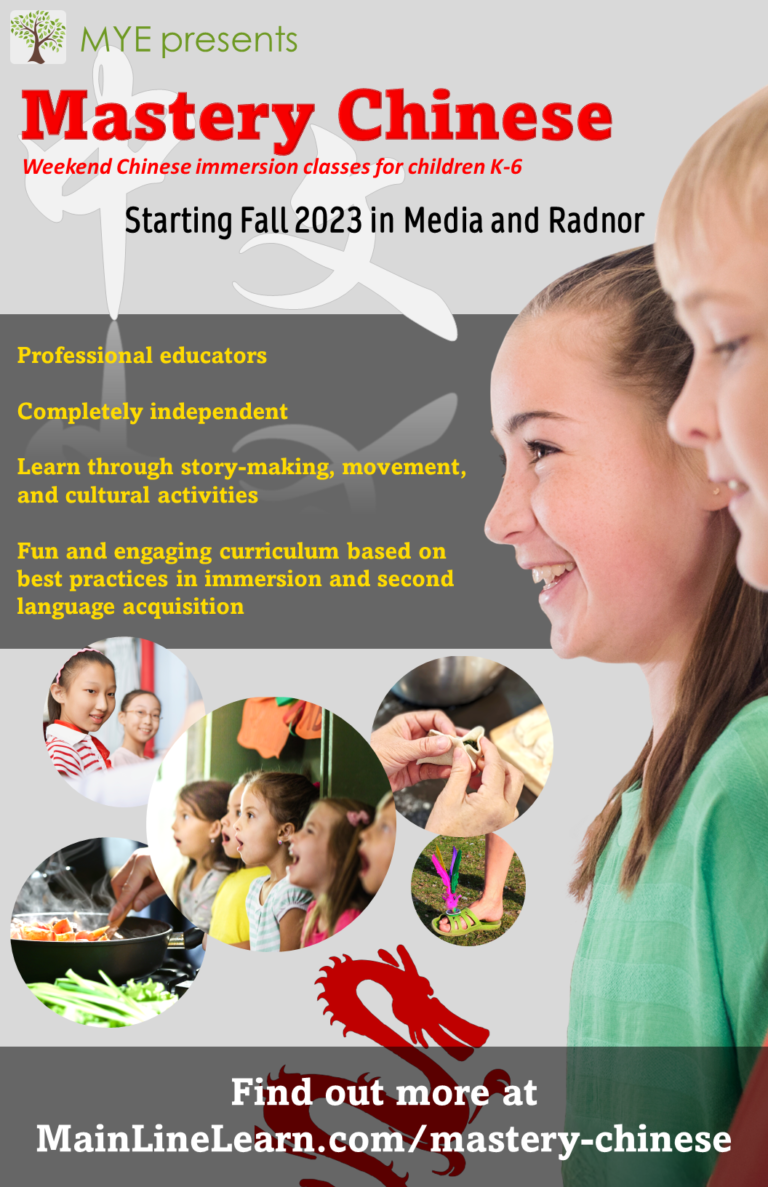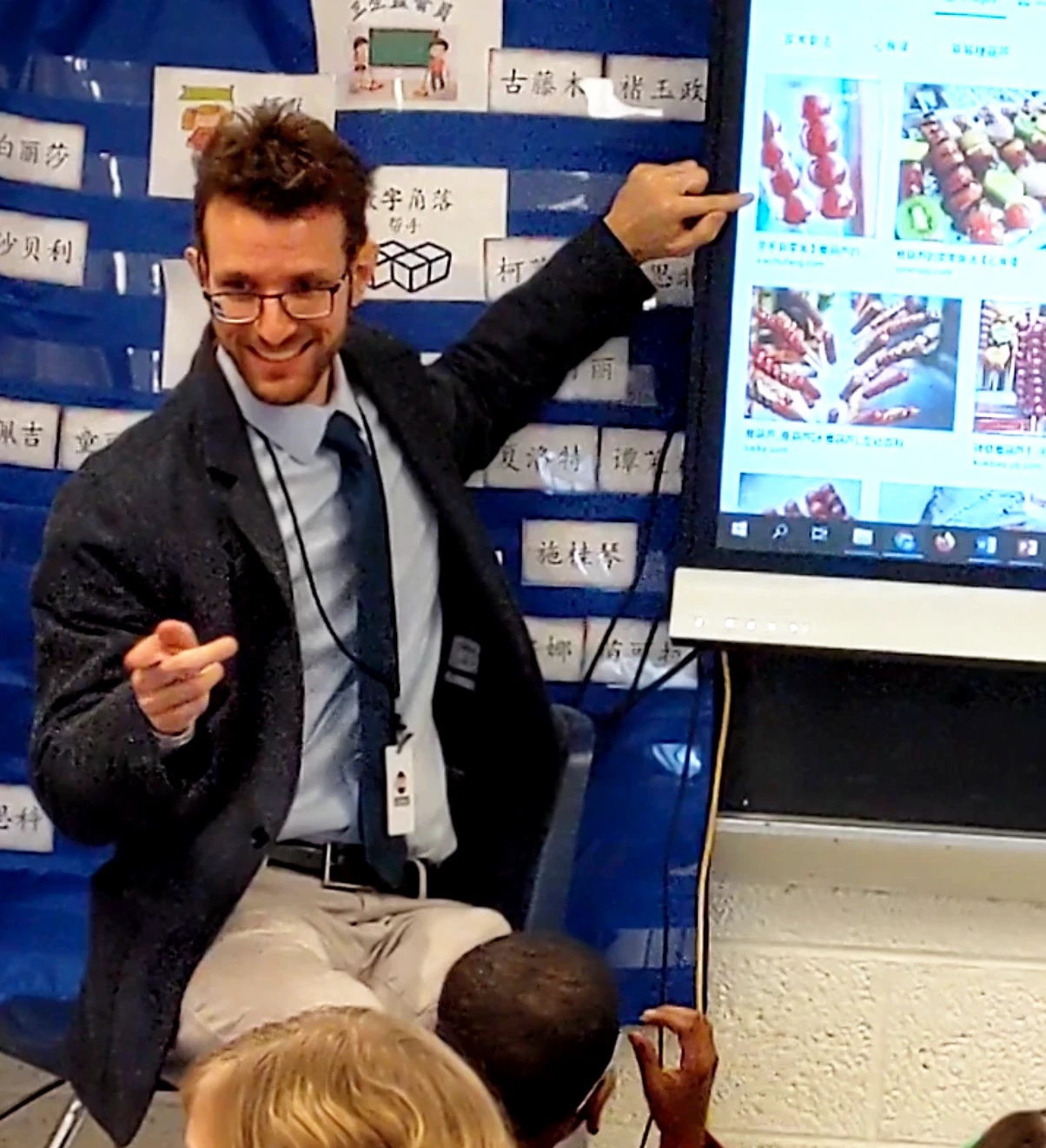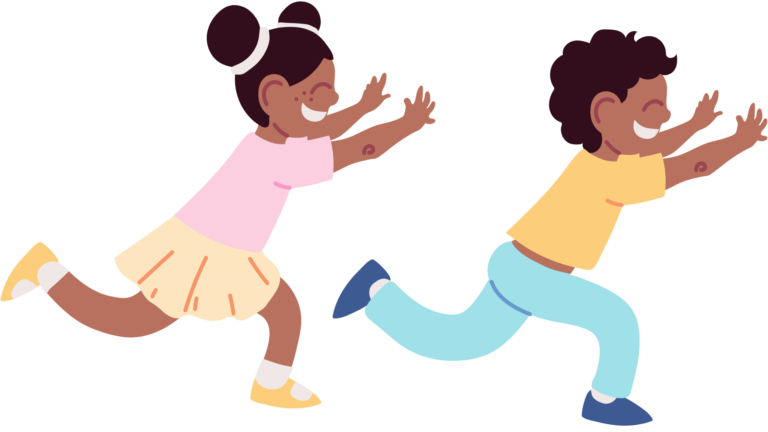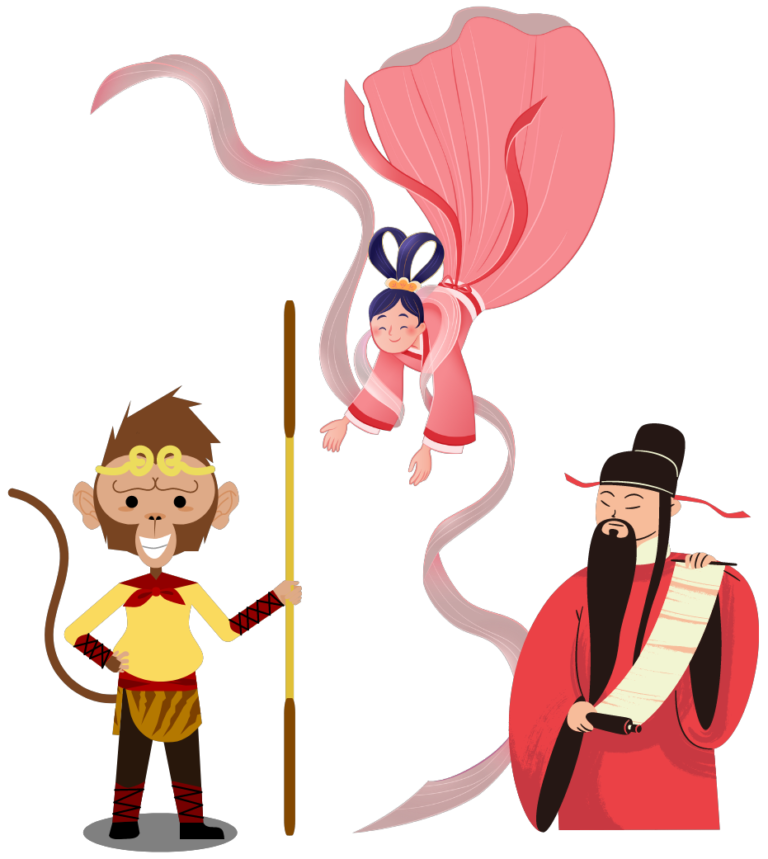Chinese
Find your roots, or blaze a new path
Start learning the language of 1.3 billion people
We offer private individual lessons for children through adults

Take lessons online using the latest edtech platforms

Or in person, at our location or yours
For children K-6,
check out our new in-person group class:
Enroll your child into a Chinese immersion class! Check out Mastery Chinese , our new weekend Chinese immersion program for kids, starting Fall 2023.
Click to learn more!

Who will I learn with?

Michael Porter, MSEd
I am the primary Chinese language instructor at MY Education. I know how to bring students to full proficiency in Chinese, because I have done it myself. I specialize in Chinese immersion instruction, and am eager to share this language and culture with my students!
I also team up with Yutao Porter for lesson design. Read more about us here.
I know how to bring students to full proficiency in Chinese, because I have done it myself.
-Michael Porter, instructor

What does a lesson look like?

Movement and fun
Internalize the language through movement and whole body activities

Collaborative Story-making
Create wacky stories to act out in Chinese, or work with the teacher to say your ideas


Discovering patterns
Don't just memorize characters—discover patterns within the writing system that make it fun and accessible

Traditional tales (and new ones too!)
Learn stories from China to build your fluency and cultural knowledge

Accelerate learning with immersion
Students don't just learn the language, they learn about interesting things in the language
More information
The core strategies for language learning are the same whether online or in-person, so much of our instruction is actually the same. For individual private lessons, many in-person teaching techniques actually adapt quite nicely to teaching online. For example, many movement activities are done with the hands, and so we can also do them online in front of the camera. Additionally, there are now interactive online platforms that we can use to help compensate for not being able to be physically present with the learner. Of course, in-person lessons are always more preferrable because the teacher gets to make a deeper connection to the learner, however online lessons are a viable substitute when necessary.
Definitely yes! Learning other subjects while using the target language is a great way to solidify your language skills. This is really the heart of immersion. Good subjects to teach using a foreign language include math, science, and social studies. When you reach out to us, make sure to write that you are interested in immersion lessons. You don’t have the specify a specific subject, but you can.
Yes, anybody can learn a new language. Even with just one lesson a week, significant progress can be made over time. The key to a successful experience is to devote some time to practicing between lessons. Imagine taking piano lessons and never practicing at home—you wouldn’t get very far! Spending even just 15 minutes to review material between a weekly lesson is so beneficial because at the next lesson, you are ready to receive new information, rather than trying to remember what happened last time.
Absolutely. Pinyin is a way to write out Chinese sounds using the English letters (plus the umlaut ü). Because of this, Pinyin provides a handy way to notate spoken Chinese before we can fluently read the Chinese characters. This provides an additional modality for learning the language: students can hear the spoken utterance while they read the pinyin words. Pinyin does not replace Chinese characters, but it is useful for helping students make sense of what they are listening to.
Using our methods of comprehensible input (more about that later), a beginner can become fluent quite quickly. Speaking will always lag behind listening to some extent, but learners will be much more fluent than others who were trained using drills and exercises.
Of course, expectations also need to be realistic. In the first year, the learner will be quite limited in what topics they can converse about. In this stage, the most important thing is actually that we are building a foundation: students are internalizing the most frequently used vocabulary, making use of Pinyin as a learning tool, learning the components of Chinese characters and their patterns, and getting their bodies used to producing the sounds of the language. In the second and later years of study, fluency can be achieved in a wider variety of topics.
